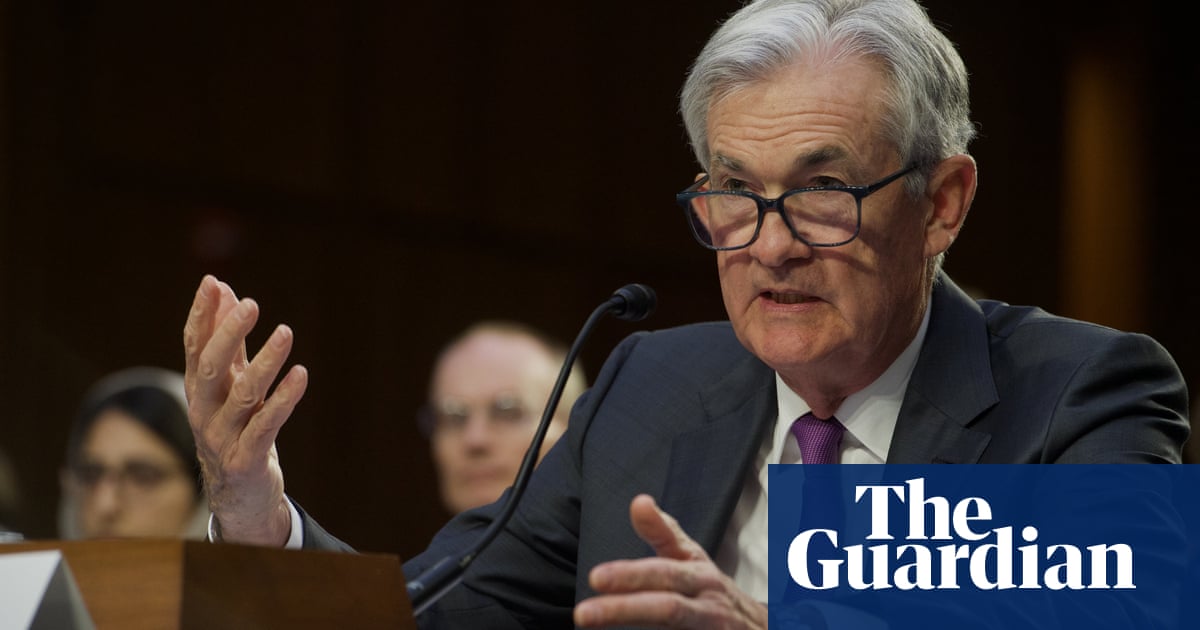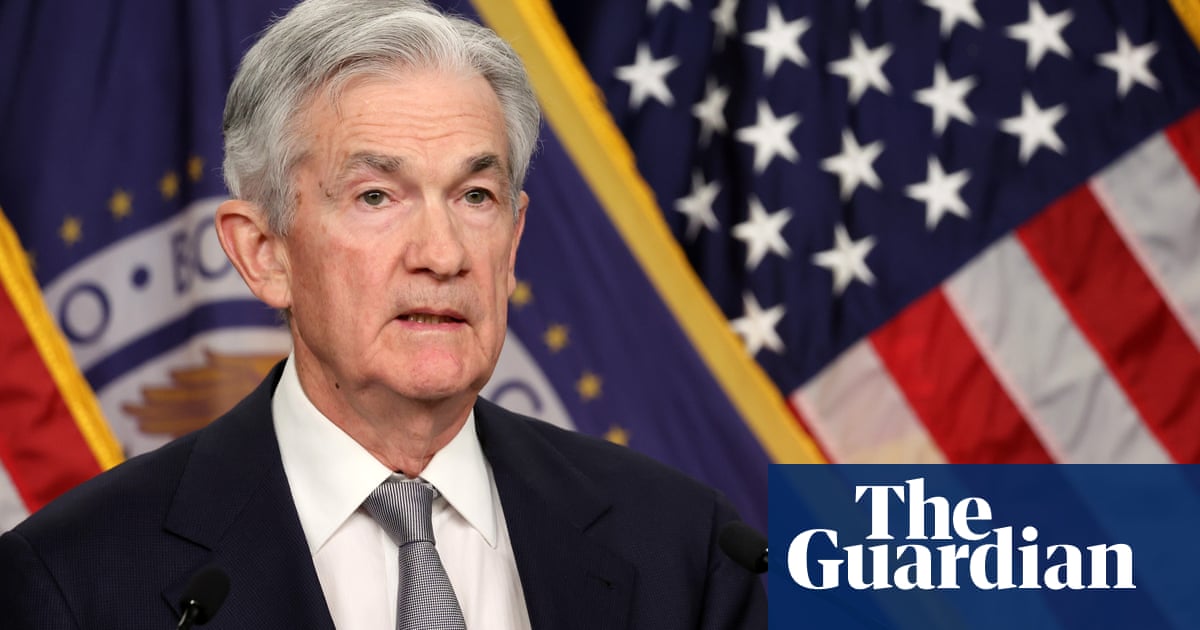
Federal Reserve chair Jerome Powell told Congress on Tuesday that the central bank will likely continue to increase interest rates in coming months as bringing down inflation “has a long way to go and is likely to be bumpy”.
“The ultimate level of interest rates is likely to be higher than previously anticipated,” Powell said, delivering the Fed’s semiannual monetary policy report to the Senate’s banking committee. “My colleagues and I are acutely aware that high inflation is causing significant hardship, and we’re strongly committed to returning inflation to our 2% goal.”
“The full effects of our tightening so far are yet to be felt. Even so, we have more work to do,” he said. “Restoring price stability will likely require that we maintain a restrictive stance on monetary policy for some time.”
Interest rates currently stand at 4.5% to 4.75% after the Fed increased rates by a quarter-point – what had been its smallest increase since it started raising rates up from zero last March – in February. The Fed’s next meeting, where the board will announce any new interest rate increases, will take place 21-22 March.
While inflation has cooled by over 3% since its peak last summer, Powell indicated he is still adamant on getting inflation down to 2%. In January, inflation was at 6.4%. Powell pointed to economic data from January, which showed large growth in employment and consumer spending, as signs that the softening trends in inflation have been slowing.
Some of the softening’s reversal could probably be attributed to the “unseasonably warm weather in January” throughout the country, Powell said, but also shows that inflation pressures are still stronger than expected. While there has been some signs of cooling in core goods and housing services inflation, with some supply chain bottlenecks easing up, but other core services need to see more price stability.
He noted that there will “likely be some softening in our labor market conditions”, but noted that nominal wage gains have been higher than what is consistent with 2% and current productivity trends. January’s job report, released last month, showed growth in the labor market over twice what economists had expected, and a slight dip in the unemployment rate, which at 3.4% is a 53-year low.
“Strong wage growth is good for workers, but only if it’s not eroded by inflation,” he said. “The economy does not work for anyone in particular without price stability. We will not achieve a sustained period of labor market conditions that benefit all.”
Powell emphasized the Fed’s dual mandate of promoting maximum employment and stabilizing prices, saying “the historical record cautions strongly against prematurely loosening policy”.
“We will stay the course until the job is done,” he said.












